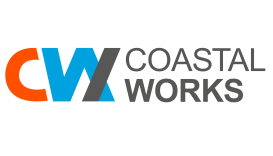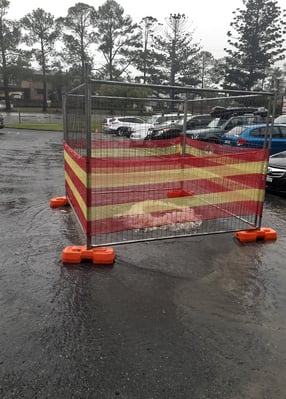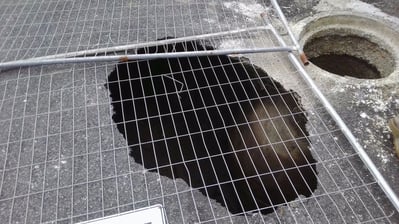Council manages inflow and infiltration to optimise operations and capital upgrades

Sponsored by:
Coffs Harbour City Council provides sewerage collection and treatment services for a population of some 75,000 via a network of 120 sewage pump stations (SPSs) delivering to three sewerage treatment plants (STPs) with a combined average dry weather flow (ADWF) of approximately 13.5ML/d.
During rain, however, the load can increase by more than 10 times ADWF due to inflow and infiltration (I/I) into the sewerage network, putting substantial pressure on the collection, transport and treatment infrastructure, causing damage and unnecessarily consuming energy.
Excessive I/I results in overflows, unnecessary pump operations, wear and tear and damage to assets through overuse, loss of embedment material and movement of pipes and structures. In addition, during these events, there is significant pressure on staff managing both the operational issues and any environmental reporting required as well as managing public complaints about overflows.
Critically, soil and embedment material moved because of I/I can create voids and sink holes, which can result in property or road damage and may even cause personnel injury.
Determined to protect their assets and reduce the burden of I/I, Coffs Harbour City Council have committed to a long-term plan to reduce I/I and realise the benefits of this reduction. The comprehensive I/I assessment and management program is supported from the top down, with management determined to ensure that all levels of the organisation have a clear plan, particularly for community engagement.
In addition to the operational, environmental and community benefits of reducing I/I, the critical long-term benefit will allow council to defer major capital upgrades on treatment plants and reduce the size of upgrades to better reflect the population load rather than the I/I load.
Councils’ approach to identifying I/I includes communications and community engagement; assessment of the network, including CCTV and smoke testing; analysis of peak-to-dry weather pump station data; and the development of a new calibrated sewer model. The first stage of the plan has commenced with the program goals to reduce I/I from the current peak wet weather flows back to initial design capacity of the network.
The initial assessment phase included smoke testing of 1000 properties as well as modelling of rainfall from properties with downpipes connected to the sewer. Direct inflow from illegal connections was found to consume up to 50% of the sewer capacity when compared with theoretical loading calculated using the Water Services Australia methodology (one in six-month storm events).
While there is contribution from private residences, council have also identified that there are good opportunities to reduce I/I at council managed assets with many maintenance holes (MHs) found to be damaged, buried, overgrown and difficult to locate.
As part of the project, the council is also repairing and raising MHs to surface level using ISC Services Pro-Ring MH grade adjustment rings. Raising the MHs to surface level provides a watertight seal of the chimney area while improving ongoing access for inspections and maintenance of the network.
Pro-Ring is a solid, lightweight, high strength alternative to traditional concrete for raising MH frames and covers to grade. At one-twentieth the weight of concrete and yet passing load testing to Class D (AS3996:2019), the work, health and safety risks are significantly reduced, with a single person able to safely carry multiple rings to the work site, while Pro-Ring provides a watertight seal.
For more information on Pro Ring, visit this website.






